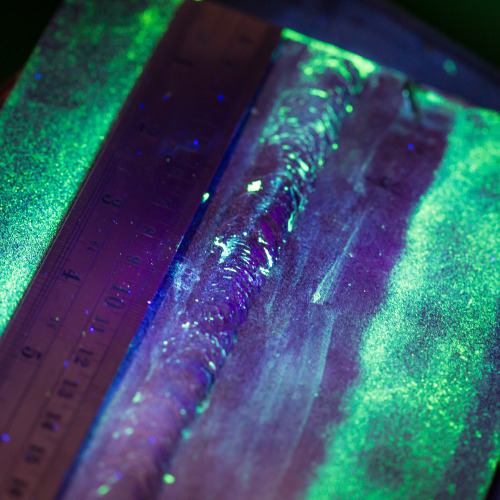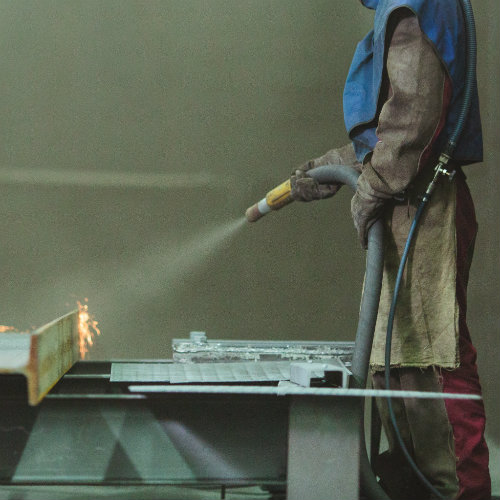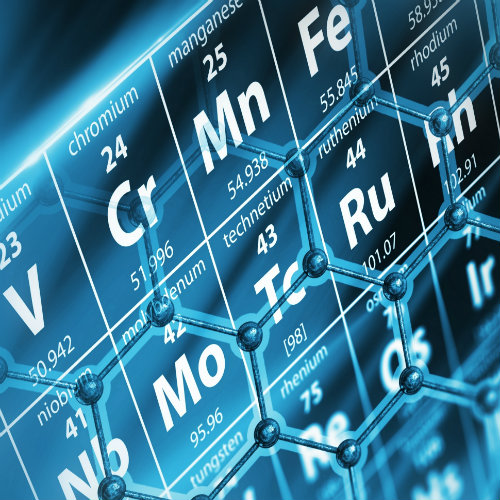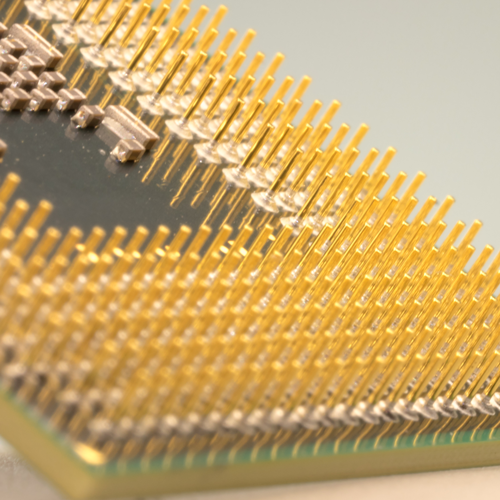Fuel Tank Coating: Ensuring Safety And Longevity
Fuel tanks are critical components in a wide array of industries, most notably in aerospace. The integrity and performance of these tanks are paramount, not just for the efficiency of the vehicles or systems they support, but crucially for safety. Fuel tank coating is a vital process, enhancing the durability and functionality of these tanks.
Exploring Fuel Tank Coating
Fuel tank coating is a process of applying a protective layer to the interior and exterior of fuel tanks. This coating serves as a barrier against corrosion, leaks, and damage caused by the fuel itself or external environmental factors. It’s a critical step in tank manufacturing and maintenance, ensuring the longevity and safety of the tank.
Types Of Fuel Tank Coating
Epoxy Coatings
Epoxy coatings are widely favored for their robustness and versatility. These coatings are composed of an epoxy resin and a hardener, which, when mixed, form a strong, resistant bond. Epoxy coatings are known for their excellent adhesion to various substrates, including metal and fiberglass. They provide strong resistance to corrosion and chemicals, making them ideal for tanks storing aggressive fuels or exposed to harsh environments. Additionally, their durability allows them to withstand temperature fluctuations without cracking or peeling.
Polyurethane Coatings
Polyurethane coatings are another popular choice, notable for their outstanding flexibility and durability. They offer great resistance to abrasion and impact, crucial for tanks in mobile applications or exposed to mechanical stress. The flexibility of polyurethane coatings allows them to expand and contract without losing integrity, which is particularly important in varying temperature conditions. They also provide UV resistance, making them suitable for external tanks exposed to sunlight.
Phenolic Coatings
Phenolic coatings are chosen for their heat resistance and are commonly used in high-temperature environments. They offer resistance to high temperatures, making them suitable for applications where the tank might be exposed to extreme heat. Additionally, they are compatible with a range of chemicals, including certain types of fuels and solvents, and provide good barrier properties to prevent the permeation of fuels and gasses.
Fluoropolymer Coatings
Fluoropolymer coatings are used in highly specialized applications and offer exceptional chemical resistance, useful in tanks storing highly corrosive substances. They have non-stick properties, aiding in the easy release of substances from the tank walls, and are resistant to UV rays and extreme weather conditions.
Specialty Custom Coatings
In certain cases, custom coatings are developed to meet unique requirements. These may include resistance to specific types of fuels or chemicals, compliance with particular industry standards or regulations, and special environmental considerations like saltwater resistance for marine applications.
The Fuel Tank Coating Process
Stage 1: Surface Preparation
Surface preparation is critical for coating adhesion. It involves cleaning, degreasing, abrasive blasting, or sanding to remove contaminants and create a suitable surface texture. Inspection and repairs are also conducted to address any damage or wear.
Stage 2: Application Of Coating
Choosing the right coating material is based on tank usage and environmental factors. Various application methods, such as spraying, brushing, or rolling, are employed based on tank size and shape. Multiple layers may be applied, with appropriate curing time between each layer.
Stage 3: Curing And Finishing
Curing depends on the coating type and may involve air-drying, heat, or UV light. Quality assurance includes adhesion tests and thickness measurements. Final touches, like topcoating and labeling, are applied as necessary.
Benefits Of Proper Fuel Tank Coating
Enhanced Corrosion Resistance
Coating fuel tanks well helps them resist rust better. These tanks often face tough conditions like bad weather, harsh chemicals, and constant use. A good coating shields the tank from things that cause rust, especially important for metal tanks which can easily oxidize. This coating keeps the tank from rusting, making it last longer and saving money on replacements.
Improved Leak Prevention
When you coat a fuel tank, it seals the surface and reduces the chance of fuel leaking. Leaks are expensive because of lost fuel and are dangerous for the environment and safety. A strong coating makes a solid barrier, lessening fuel leaks. This is especially important for safety in industries where fuel leaks can be very harmful.
Compliance With Industry Standards
The fuel industry has strict safety and environmental rules. Proper coating of fuel tanks is often needed to follow these rules. By coating tanks correctly, operators can avoid legal issues and fines. Also, following these standards shows a commitment to safety and environmental care, which is good for a business’s reputation.
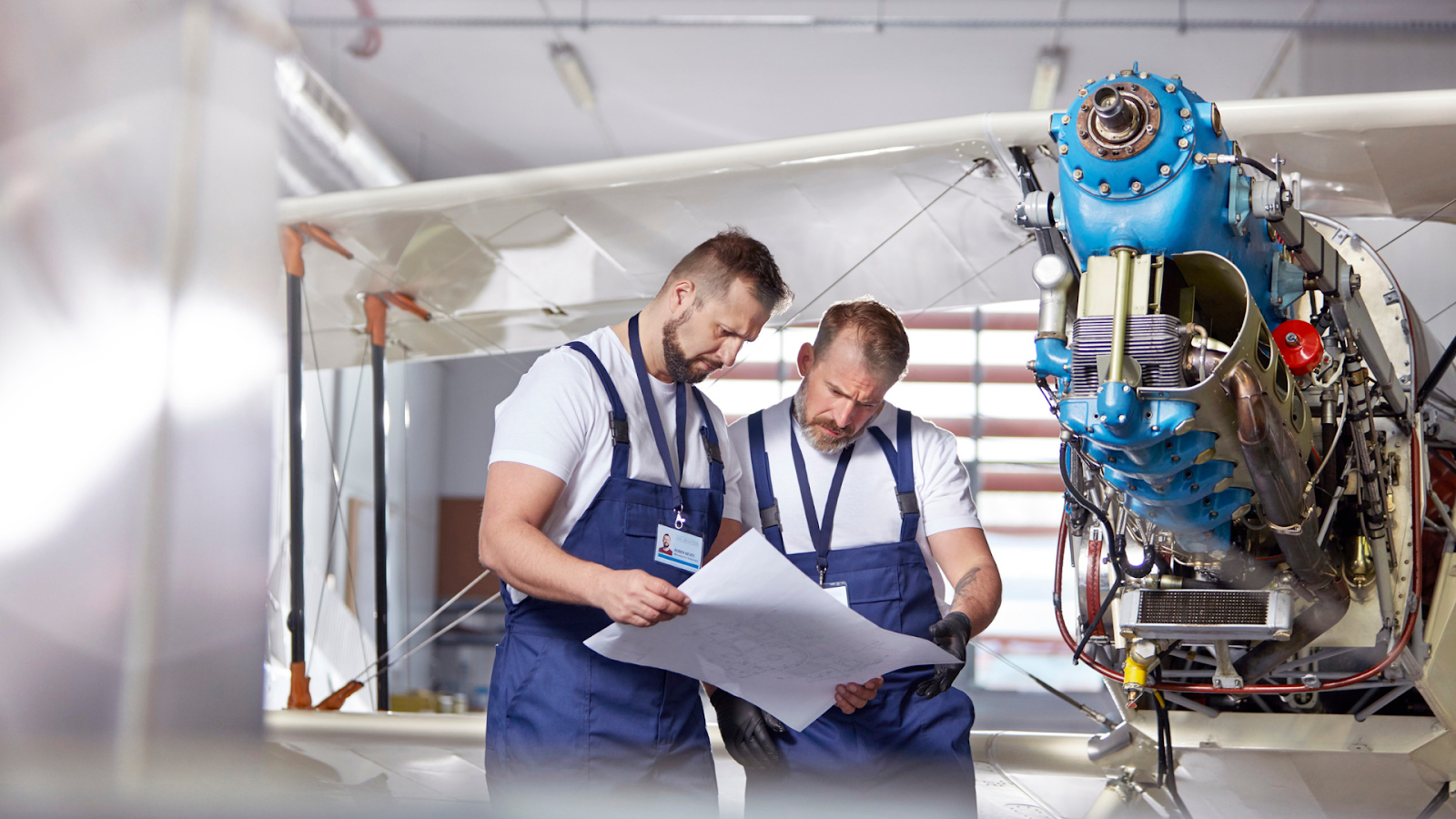
Enhanced Fuel Purity
The right coating also keeps the fuel clean. Some fuels can get dirty if they touch certain materials. A good coating stops the fuel from reacting with the tank material, preventing contamination. This is crucial in industries like aerospace and pharmaceuticals, where fuel purity is very important.
Valence Surface Technologies’ Expertise In Fuel Tank Coating
Quality and Safety Assurance
Valence’s dedication to quality is evident in the comprehensive finishing services we offer. This includes Non-Destructive Testing (NDT) to ascertain the integrity of the coatings and in-depth stress evaluations to guarantee the resilience and durability of their work. This thorough approach to quality results in enhanced safety for flight operations and contributes to the longevity of the fuel tanks.
Technical Savvy and Innovation
The application of fuel tank coatings requires technical know-how and an innovative approach to surface technology. Valence is equipped with advanced technologies and techniques to ensure that coatings are applied consistently and effectively, even across large production volumes. Our readiness to adapt and innovate means they can keep up with the evolving demands of aerospace manufacturers and service providers.
AMS-C-27725 Specification Compliance
This specification outlines the requirements for coatings that provide a number of critical attributes, including corrosion resistance, fuel resistance, and overall durability. Complying with this specification signifies that Valence’s coatings meet stringent quality and performance criteria.
Maintenance And Longevity Of Coated Fuel Tanks
Routine Inspections
Regular inspections are fundamental to maintaining coated fuel tanks. These inspections should look for signs of wear, corrosion, coating degradation, or any damage that might compromise the tank’s integrity. In the aerospace industry, where safety is paramount, these inspections are often mandated by regulatory bodies and should be conducted according to specified schedules.
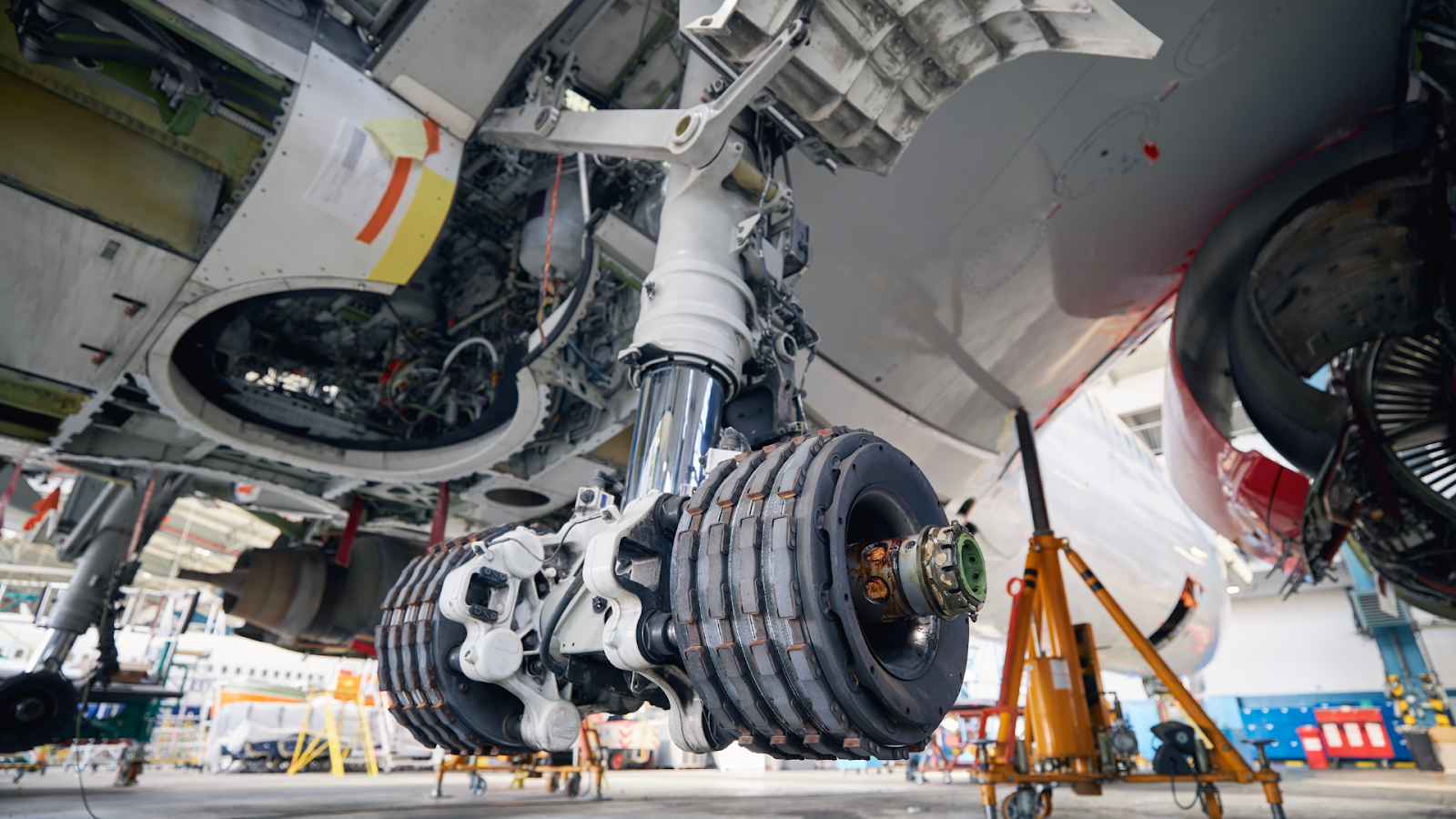
Immediate Addressing Of Issues
If any issues are detected during inspections, they should be addressed immediately to prevent further degradation. This may involve reapplying the coating, repairing any damage, or in some cases, replacing parts of or the entire tank. Prompt action not only ensures safety but also prevents more costly repairs down the line.
Cleaning And Care
Regular cleaning of the tank is important to prevent the buildup of contaminants that could affect the coating. Care should be taken to use cleaning agents and methods that are compatible with the coating material to avoid inadvertently damaging it.
Environmental Considerations
The environment in which the tank operates can significantly impact its longevity. Factors such as temperature fluctuations, exposure to harsh chemicals, or mechanical stresses should be considered in the maintenance plan. In some cases, additional protective measures might be necessary, such as insulation or shielding to protect against environmental extremes.
Consultation With Experts
Regular consultation with coating experts or manufacturers can provide valuable insights into the specific maintenance needs of the tank. They can offer advice on best practices, recommend inspection schedules, and suggest techniques for addressing any identified issues.
Frequently Asked Questions
How does fuel tank coating protect the tank from corrosion and other damage?
Fuel tank coatings create a barrier between the tank’s interior surface and the stored fuel, preventing contact with corrosive elements, moisture, and chemical reactions that can cause damage.
What are the primary factors that can lead to the deterioration of a fuel tank’s interior?
Factors include moisture, oxygen, the presence of sulfur compounds in fuel, microbial growth, and chemical reactions between the fuel and the tank’s interior.
How often should I consider applying or reapplying fuel tank coating?
The frequency depends on factors like the coating type, environmental conditions, and the specific application. It’s generally recommended to inspect tanks regularly and reapply coating as needed.
Can fuel tank coating be applied to tanks with existing rust or corrosion?
It’s generally recommended to address rust or corrosion issues before applying coating to ensure proper adhesion and effectiveness.
Are there any safety precautions to take when working with fuel tank coating materials?
Yes, safety precautions may include wearing protective gear, working in well-ventilated areas, and following manufacturer guidelines to minimize health risks.
Does fuel tank coating affect the quality or properties of the stored fuel?
Properly applied fuel tank coatings should not affect the quality or properties of the stored fuel.
What are the costs associated with fuel tank coating, including materials and labor?
Costs can vary widely based on factors like tank size, coating type, and labor rates. It’s advisable to obtain quotes from professionals for accurate pricing.
Can fuel tank coatings be used for other types of tanks, such as water or chemical storage tanks?
Yes, similar coating principles can be applied to protect other types of storage tanks from corrosion and damage.
How long does it take for the fuel tank coating to dry and cure properly?
Drying and curing times vary depending on the coating type and environmental conditions. It can range from several hours to a few days.
Are there specific coating materials recommended for different types of fuels (e.g., gasoline, diesel, ethanol)?
Yes, different fuels may require specific coatings to resist their chemical properties. Consult with coating manufacturers for guidance on suitable materials.
Painting Services
Primer
Primer, also known as undercoat, is the preparatory coating that can be used to enhance the bond strength of a topcoat and/or improve the corrosion resistance of a part. Applying primer is a crucial first step to the lasting results.
Fuel Tank Coating
Fuel tank coating is a specialty coating applied to the interior of aircraft fuel tanks that protects against corrosion from fuel contaminants. The coating allows fuel tanks to meet industry standards for longer durations.
Adhesive Bond Primer
Topcoat
Topcoat is the final coating on a part often used for cosmetic purposes. However, it often has application specific properties, such as reflectivity, conductivity, etc. The topcoat provides durability and resistance to harmful materials that will cause parts to deteriorate.
Anti-Chafe
Anti-Chafe topcoats are specific coatings that are primarily used on surfaces where abrasion resistance, low friction and impact resistance are required to reduce chafing and wear. This specific topcoat serves as a defense in harmful environments.
Dry Film Lube
Dry film lube is a dry lubricant coating that reduces friction on surfaces sliding against each other. It offers operation at higher temperatures than other lubricants.
Sol-Gel
Sol-Gel is a process of creating metal oxides when applied to a part using metal alkoxides. The sol-gel is in high demand as it allows adhesive bonding of titanium and corrosion resistant alloys.
Zinc Spray
Zinc spray, or zinc chromate spray is a primer with corrosion inhibiting properties, commonly used on aluminum aircraft or spacecraft components. It is a high quality aerospace plating technique.
Digital Masking
Valence performs all of these services to the highest degree of care, with approvals for most prime and military specifications. Our products and services significantly enhance safety, long-term use, and consistency in the aerospace industry. View our specs here.
Painting Capability Sizes
| Valence Eastman | L | Valence Wichita | L | Valence Grove | L | Valence Los Angeles | L | Valence Seattle | L | Valence Everett | L | Valence Garden Grove | L |
|---|---|---|---|---|---|---|---|---|---|---|---|---|---|
| Bond Primer | 20' | Bond Primer | 16' | Bond Primer | 24' | Bond Primer | 27' | Bond Primer | 6' | Bond Primer | 30' | Bond Primer | 10' |
| Dry Lube | 20' | Dry Lube | 16' | Dry Lube | 10' | Dry Lube | 27' | Dry Lube | 2.5' | Dry Lube | 30' | Paint | 10' |
| Fuel Tank Coating | 20' | Fuel Tank Coating | 16' | Fuel Tank Coating | 24' | Fuel Tank Coating | 27' | Fuel Tank Coating | 6' | Fuel Tank Coating | 30' | ||
| Primer | 20' | Primer | 16' | Primer | 24' | Primer | 27' | Prime and Topcoat | 6' | Primer | 30' | ||
| Topcoat | 20' | Sol Gel | 16' | Topcoat | 24' | Topcoat | 27' | Sol Gel | 4' | Topcoat | 30' | ||
| Sol Gel | 20' | Topcoat | 24' | Sol Gel | 24' | Sol Gel | 27' | Sol Gel | 30' | ||||
| Zinc Spray | 12' |
Painting & Spray Coating News
What Are Thermal Control Coatings (TCC) For Satellites?
As satellites venture through the unforgiving expanse of space, they face a formidable challenge: the extreme temperatures that fluctuate between scorching heat and icy cold. To conquer this cosmic thermal battleground, satellites enlist the aid of a remarkable ally:...
Thermal Control Coatings: A Necessary Component For Satellites
Discover why thermal control coatings are essential for safeguarding satellites against extreme temperatures and may guarantee their optimal performance…
Passivation Standards ASTM A967
Stainless steel, having found applications in different industries is an important part of our daily lives. In the aerospace and even many manufacturing industries, stainless steel has found application and is a very important material. It is known to have better...
What Is Passivation: The Secret To Long-Lasting Metal Protection
Understand the ABCs of passivation and learn how it extends the life of metal components by protecting them from corrosion and oxidation …
